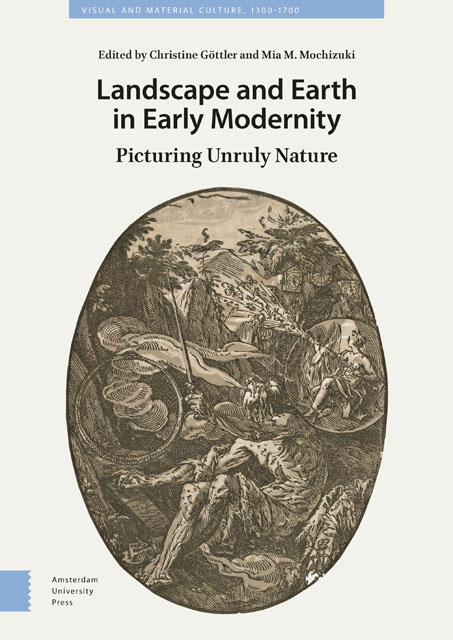9 - Insidious Images: Veiled Sight and Insight in Pieter Bruegel’s Landscapes
Published online by Cambridge University Press: 20 June 2023
Summary
Abstract
This chapter addresses an overlooked aspect of Bruegel's art: the presence of anthropomorphic rocks hidden in some of his early Alpine landscapes. This should be related to the interest shown by Renaissance artists in the idea of nature as painter (natura pictricix) or in the ars natura emulation relationship evoked by Abraham Ortelius about his friend. But Bruegel's unruly landscapes are also part of a tradition that goes back to Herri met de Bles. As with the latter, the visual device of indeterminate or double images, far from being a simple optical game, aims at veiling our sight to better stimulate our insight.
Keywords: ambiguity; anthropomorphism; landscape; potential image; trap
After joining the Antwerp Guild of Painters in 1551, the young Pieter Bruegel undertook a trip to Italy, perhaps commissioned by the publisher Hieronymus Cock. Cock himself had visited Italy a few years earlier, before founding his publishing house Aux Quatre Vents in Antwerp in 1550. In its early years, his publishing program was dominated by engravings after the ancient classical and Italian Renaissance artists. However, contrary to the tradition of fiamminghi bringing drawings back from Italy that copied these historical models, Bruegel returned with a series of drawings of contemporary landscapes. “On his travels he drew many views from life so that it is said that when he was in the Alps he swallowed all those mountains and rocks which, upon returning home, he spat out again onto canvases and panels, so faithfully was he able, in this respect and others, to follow Nature,” writes Karel van Mander in his biography of the painter. In his series The Large Landscapes, Bruegel reformulated the panoptic vision of the Weltlandschaft, the world landscape developed by Netherlandish artists in the first half of the sixteenth century, which offers the viewer the divine privilege of embracing a portion of the globe and a multitude of minute details at the same time: farmers at work and bathers, travelers on the roads, fishermen watching their lines, boats and ships plying a river, cows grazing, houses hidden in groves, a castle overlooking a rocky peak. The series of Bruegel's Large Landscapes engraved by the Van Doetecum brothers in Cock's workshop evokes a journey from Italy to Flanders, which includes many views of the Alpine crossing.
- Type
- Chapter
- Information
- Landscape and Earth in Early ModernityPicturing Unruly Nature, pp. 323 - 350Publisher: Amsterdam University PressPrint publication year: 2022



